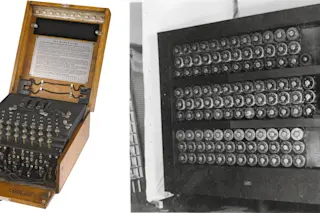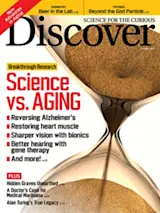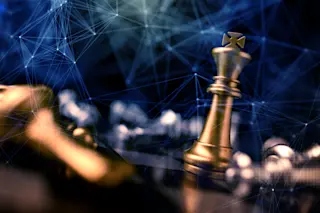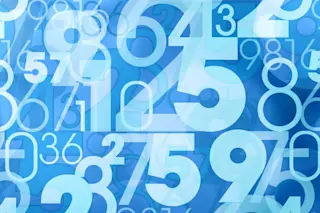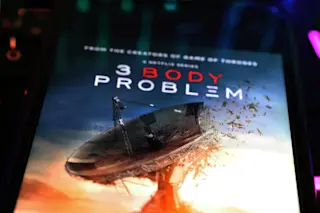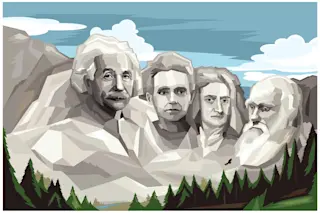Brilliant though he was, Alan Turing had lots of help breaking the Enigma code. | Granger NYC
Alan Turing has had a good run in recent decades. The great British mathematician, who died in 1954, was the focus of last year’s acclaimed biopic, The Imitation Game. The film, ostensibly based on Andrew Hodges’ 1983 biography Alan Turing, the Enigma, was only the latest in a string of plays, TV dramas and novels that told Turing’s story primarily through the lens of his wartime code-breaking activities at Bletchley Park and his struggles with his homosexuality.
Popular reductions, however, tend to attribute every scientific development in a field to a single individual. When you read, “It is only a slight exaggeration to say that the British mathematician Alan Turing saved the Allies from the Nazis,” — to quote from the book-jacket copy and, one supposes, the mission statement of the film — ...


